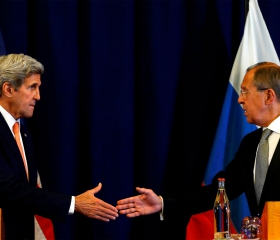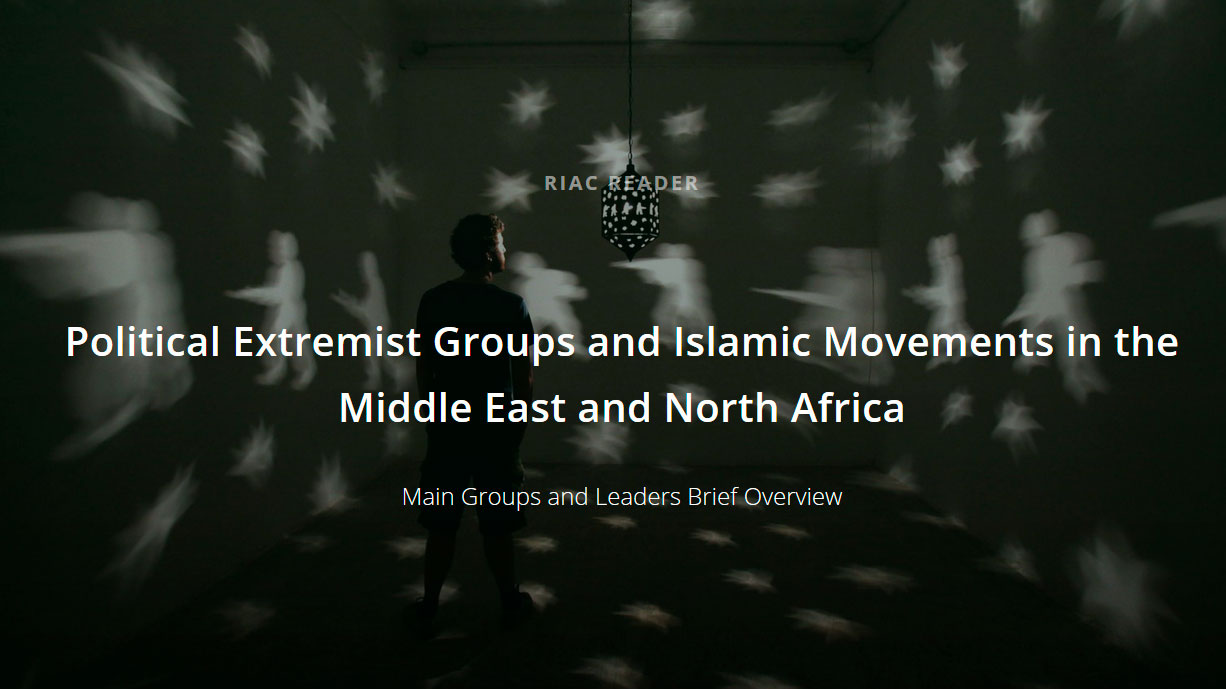Syria ceasefire deal, announced on September 9, 2016 after marathon talks between Russia and the United States, has been labelled as the best chance yet to halt the bloodshed in Syria’s five-year civil war. Although it is quite unlikely that the ceasefire will bring a breakthrough, it is still a positive development which indicates that Russia and the U.S. can negotiate, agree and cooperate on particular issues.
Syria ceasefire deal, announced on September 9, 2016 after marathon talks between Russia and the United States, has been labelled as the best chance yet to halt the bloodshed in Syria’s five-year civil war. Although it is quite unlikely that the ceasefire will bring a breakthrough, it is still a positive development which indicates that Russia and the U.S. can negotiate, agree and cooperate on particular issues.
The first Syria ceasefire agreement reached in February 2016 by Russia and the U.S. demonstrated the limits of such approach, while simultaneously proved that major backers of the confronting parties in the Syrian war – Russia and the U.S. – can discuss sensitive and complicated issues and even conclude agreements.
Naturally, implementation of such agreements is a whole different story as it does not entirely depend on its authors, still putting serious responsibility on them. There are several reasons for why recent Syria ceasefire agreement is going to be very challenging to implement on the ground. The question is what are the obstacles for the successful implementation of the Russia-U.S. Syria deal and how they are actually different from the roadblocks which were present six months ago.
Who are the terrorists?
This question is still at place and it presents one of the major obstacles to the successful implementation of the ceasefire. The absence of the agreed (at least by Russia and the U.S.) list of terrorist groups operating in Syria complicates one of the major goals of the ceasefire which is to separate moderate rebels from terrorists. Failure to do so will start the ‘game’ all over again. Reports about Syrian or/and Russian jets bombing moderate rebels will never end while Moscow will keep blaming the U.S. for inability to control opposition and separate it from jihadists. It will eventually result in the ceasefire collapsing as there are always going to be groups trying to exploit this situation in their favor. As of now, there are only two organizations that everyone agrees to view as terrorists in Syria: the Islamic State of Iraq and the Greater Syria (ISIS) and Jabhat Fateh ash-Sham (former Jabhat an-Nusra).
Besides, given recent rebranding of Jabhat an-Nusra which is now called Jabhat Fateh ash-Sham, it further complicates the situation. By publicly announcing its separation from Al-Qaeda, Nusra aimed at creating more positive image embracing more and more moderate forces. As they cooperate closely with many Syrian rebel groups, including moderates, they hope to improve its image and in a way legitimize itself.
Although the High Negotiation Committee supported the U.S.-Russia deal, its key concerns include how the deal would define terrorist groups that can continue to be targeted and how violations of the truce would be responded.
Where to bomb?
U.S.-Russia Syria agreement envisions establishment of the Joint Implementation Center (JIC). However, the U.S. ties JIC creation to the successful implementation of the ceasefire. If it holds for a week and the UN is able to deliver aid to the besieged areas in Aleppo, then Russia and the U.S. are to establish the JIC that will work on joint targeting against ISIS and Jabhat an-Nusra.
Even if the ceasefire majorly holds and both parties to the agreement launch the JIC it will not work properly until the first issue is resolved. Thus, the first thing to do is to effectively separate moderate rebels from the terrorists on the ground. Moreover, there are plenty of groups on the ground that would like to sabotage the ceasefire. There are no guarantees that the JIC work will not be stopped and there are no mechanisms (at least known to the public) that would help to avoid such developments.
Besides, the mechanisms which will delineate the areas controlled by terrorists and moderates as well as the secession of hostilities being monitored and enforced remain unclear. Although Russia’s Defense Ministry set up monitoring groups in every Syrian province and even launched live-webcast of the situation in Aleppo which is available to the public, it is hard to imagine that the U.S. will treat this initiative as one increasing the ceasefire monitoring transparency.
Can Russia and the U.S. control their proxies?
Six years into the Syrian crisis created quite clear struggling structures where the Syrian authorities backed by Russia and Iran are on the one side and numerous opposition groups of various level of extreme backed by the U.S., Turkey and Saudi-led Gulf countries on the other.
The big number of external actors in the Syrian conflict complicates implementation of anyone’s interests and hinders any attempt to settle the conflict as everyone tries to satisfy its own needs and reach its own goals. These are complicated lines of communication between the parties throughout all dimensions of the conflict – global, regional, local. While the major diplomatic efforts happen on the global level and are initiated by the major powers, the latter play the main role in transmitting any agreement to their clients in the region.
In Syria, the U.S. and Russia project their power to the regional and local level through their network of clients. From Washington, it goes to Turkey, Saudi Arabia, Qatar, the Syrian moderate opposition groups and the Kurds. From Russia, it goes to Iran, Hezbollah, the Syrian government and pro-government militia.
However, it should not be forgotten that many clients often act not in full compliance with their patrons’ interests, creating high risks of escalation. Thus, there is no guarantee that proxies will comply with the agreement reached by Moscow and Washington. For example, Turkey continues to attack Syrian Kurds and neither U.S. nor Russia can effectively stop Ankara from doing so. Ahrar ash-Sham and Jaysh al-Islam which are sponsored by Saudi Arabia and Qatar already defied the ceasefire and do not follow it. As for Moscow and its main client, Syrian President Bashar al-Assad, he repeatedly made statements to take the entire territory of Syria which basically defied any Russian diplomatic attempts.
Six months since the first Syria ceasefire agreement was reached another one came into effect. Having the same obstacles for the successful implementation as the first one, the current cessation of hostilities agreement is more likely to succeed as the parties already have an experience in dealing with it. Thus, despite the fact that current U.S.-Russia Syria deal has relatively small chances for success those chances are higher than those of the previous agreement.






